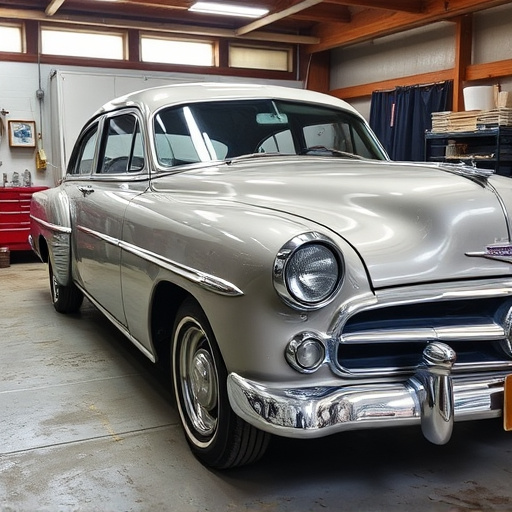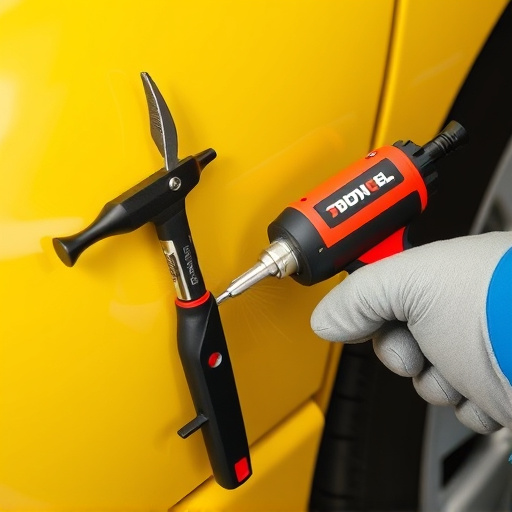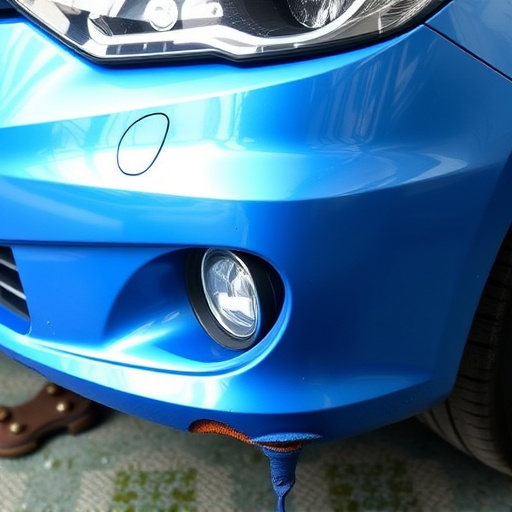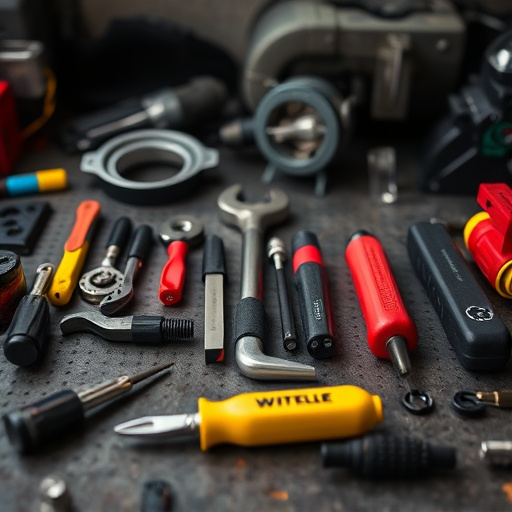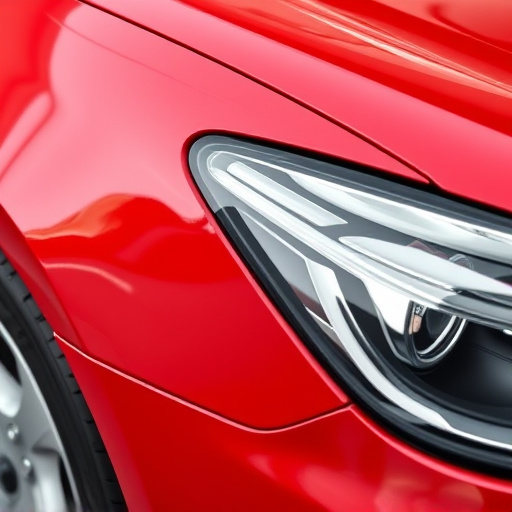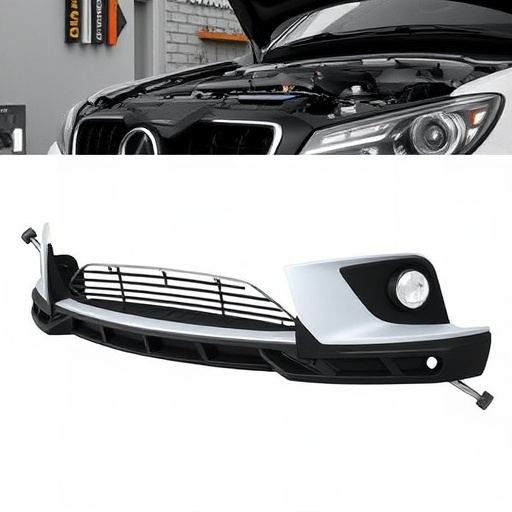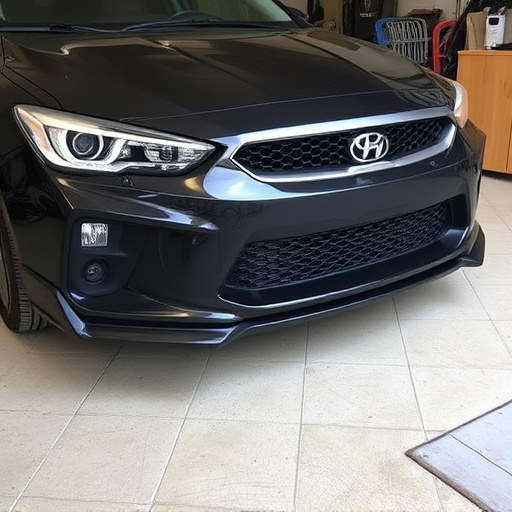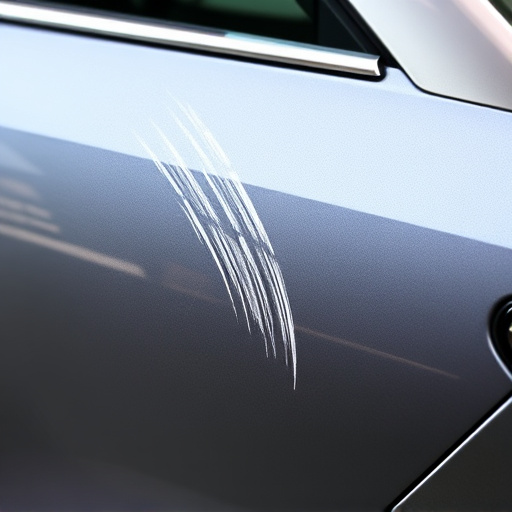Collision repairs impacting electronic diagnostics require meticulous attention to ECU calibrations. Even seemingly minor repairs can disrupt sensor data readings, affecting settings for engine management, emissions control, fuel efficiency, and safety systems. Recalibration of speed sensors, accelerometers, and airbag sensors is vital to ensure accurate readings and safe driving after collisions involving modern vehicles' advanced onboard computers. Skilled auto body repair professionals use specialized tools to recalibrate these units, ensuring optimal vehicle performance and safety.
After a collision, vehicle repairs extend beyond visible damage. Collision repairs significantly impact Electronic Control Unit (ECU) and sensor calibrations, affecting safety systems’ accuracy. This article delves into the intricate relationship between collision repairs and ECU/sensor calibrations, exploring common challenges post-repair and highlighting strategies to restore optimal performance and precision in today’s advanced automotive landscape driven by electronic diagnostics collisions.
- Understanding ECU and Sensor Calibration Impact
- Common Challenges Post Collision Repair
- Restoring Optimal Performance and Accuracy
Understanding ECU and Sensor Calibration Impact
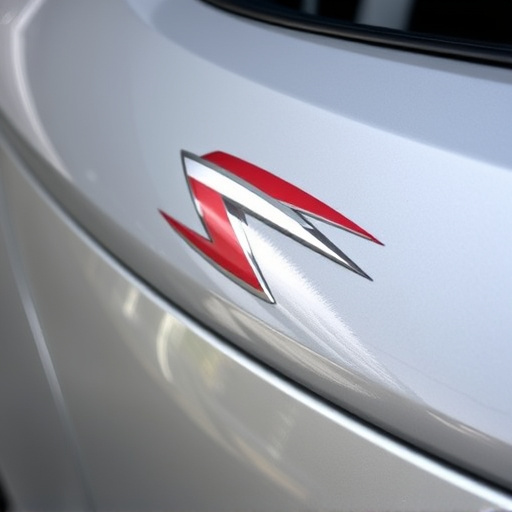
When a vehicle undergoes collision repairs, especially involving complex systems like electronic diagnostics, the impact on ECU (Electronic Control Unit) and sensor calibrations cannot be overlooked. These components play a critical role in ensuring the optimal performance of various car systems, from engine management to safety features. A collision can disrupt the delicate balance of these calibrations, leading to potential issues that may go unnoticed during routine checks.
For instance, frame straightening or auto glass repair might not seem like they would affect ECU settings. However, even minor adjustments to the vehicle’s structure can cause sensors to register slightly different data compared to their pre-collision readings. This discrepancy could impact the accuracy of sensor calibrations, potentially causing issues with emissions control, fuel efficiency, and even safety systems that rely on precise sensor inputs. Thus, understanding these potential implications is vital for ensuring a vehicle’s reliability and safety after collision repairs.
Common Challenges Post Collision Repair
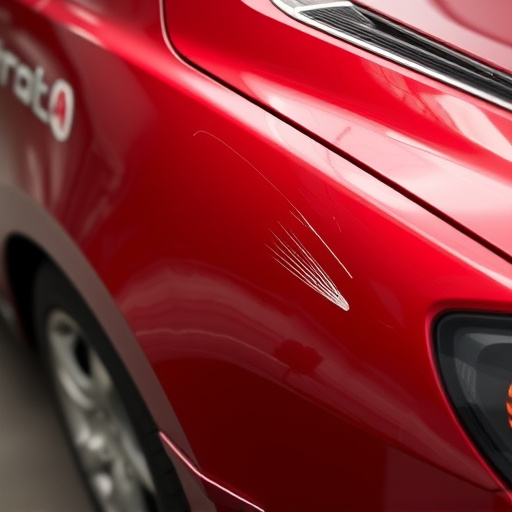
Post-collision repairs present several challenges for auto technicians, particularly when it comes to electronic diagnostics. After a crash, various components within a vehicle’s electrical system can be affected, leading to discrepancies in sensor readings and potential ECU malfunction. This is especially true for modern vehicles with sophisticated onboard computers that rely on precise sensor data for optimal performance.
One common issue is the need for recalibration during and after collision repairs. Sensors like speed sensors, accelerometers, and airbag sensors must be accurately calibrated to ensure proper vehicle operation. Auto maintenance professionals must carefully assess and reset these sensors to match the vehicle’s post-repair condition, ensuring precise electronic diagnostics and safe driving. This meticulous process is crucial in a collision repair center where even minor imbalances can impact safety systems’ effectiveness.
Restoring Optimal Performance and Accuracy
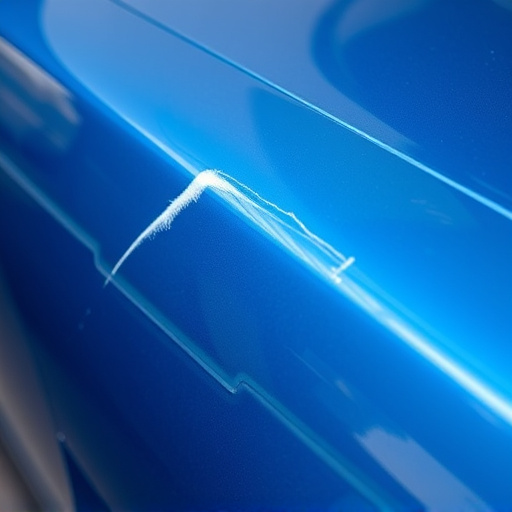
After a collision, it’s not just the visible damage to an vehicle that needs attention; hidden internal components like ECUs (Electronic Control Units) and sensors can also be affected. These advanced systems play a crucial role in modern automotive diagnostics and performance. When a vehicle undergoes auto body repair services or experiences severe automotive body work, accurate calibration of these units becomes essential for restoring optimal performance and ensuring the vehicle operates with precision.
ECUs and sensors, often overlooked during routine maintenance, are responsible for everything from engine management to safety systems. A collision can disrupt their delicate calibrations, leading to potential issues such as drivability problems or even increased risk of future malfunctions. Skilled auto body repair professionals understand this, utilizing specialized tools and expertise to meticulously recalibrate these units post-repair. This ensures that the vehicle not only looks good as new but also functions at its highest level, providing drivers with a safe and reliable ride.
Collision repairs, while essential for vehicle safety, can disrupt the delicate balance of electronic diagnostics and sensor calibrations. Understanding these impacts and addressing common challenges post-repair is crucial to restore optimal performance and accuracy. By implementing precise calibration techniques, technicians can ensure that vehicles return to their pre-collision state, guaranteeing both enhanced safety features and reliable electronic systems. This meticulous approach to collision repairs is vital in the ever-evolving landscape of automotive technology, where accurate electronics diagnostics are a game-changer for modern vehicles.
